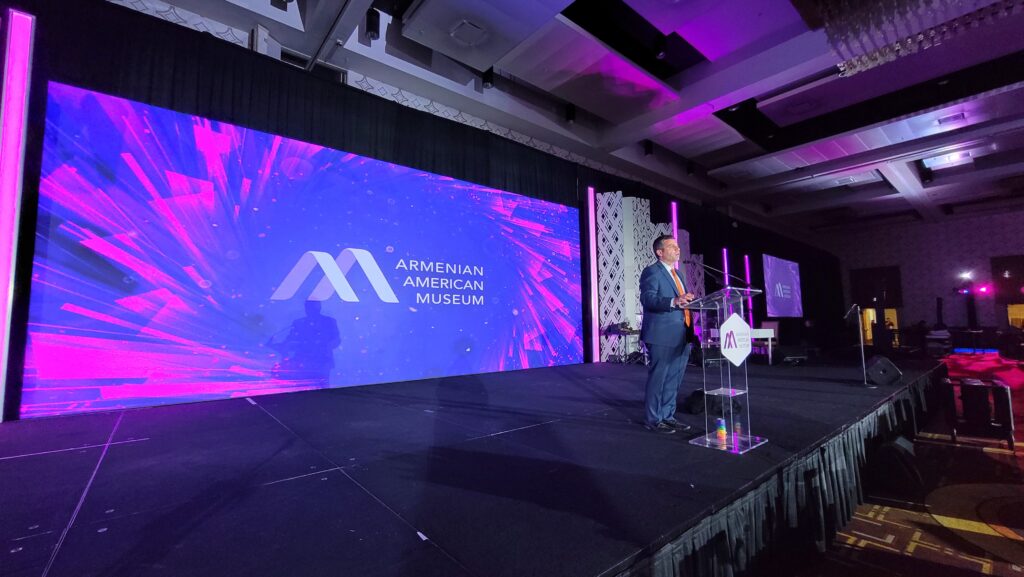Demystifying LED Panel Surface Brightness Metrics aiming at Ideal Screen Performance
Demystifying LED Panel Surface Brightness Metrics aiming at Ideal Screen Performance
Blog Article
LED wall screens are increasingly favored in different environments, including residences to businesses and public areas. Such panels tend to be known due to the vivid and dynamic displays, which make these ideal to communicating data, ads, as well as entertainment. However, comprehending brightness illumination levels of Light Emitting Diode wall screens is essential for guaranteeing ideal display performance. Illumination can be quantified in units known as candelas, which indicate how much light produced by the panel. The greater number of quantity in nits, the brighter the visual is. For instance, example, a panel with 1,000 nits is significantly more vivid compared to a featuring five hundred nits, making it more suitable in brightly lit settings.
As you selecting an Light Emitting Diode panel screen, it is important to consider which environment in that the screen will be placed. For well-lit illumined areas, such as shopping malls or outdoor settings, a higher brightness level is necessary to ensure clarity. On the other hand, within dimmer settings, like cinemas and meeting spaces, lower diminished illumination rate might be adequate. This is because excessive bright unnecessary luminosity within an dim environment can lead to discomfort for viewers, making it harder for concentrate with a screen. Thus, understanding the specific requirements of the setup site will aid with selecting a suitable illumination rate to ensure ideal visual experience.
Another important factor for take into account is the contrast ratio of the LED wall panel. The contrast ratio measures the disparity exists between the brightest most luminous light versus the dark black that the panel is able to create. An greater differential ratio means that the display can present greater clarity as well as depth, which enhances overall image quality. For instance, one screen boasting an contrast ratio of ten thousand to one is able to show visuals with more vivid hues as well as crisper details compared to one featuring a proportion of 1,000:1. This is especially Discover More crucial when displaying images and motion graphics which require high definition as well as detail, including presentations or promotional material.
Additionally, the technology behind Light Emitting Diode panel panels plays an essential part in the illumination and overall efficiency. Various kinds of LED methods, including OLED as well as LCD, possess distinct traits which affect how luminosity is experienced. OLED panels often provide better find out here contrast and darker blacks, which may improve the viewing experience within dim environments. On the other hand, standard Light Emitting Diode panels may prove to be better in well-lit environments due to the ability to generate greater levels of illumination. Comprehending these tech-related variances can guide consumers in making knowledgeable decisions based on their individual needs.
Finally, consistent care as well as adjustment of Light Emitting Diode panel panels may assist maintain optimal illumination and efficacy long-term. Dust as well as particles can build up in the screen, impacting the illumination as well as clarity in a display. Periodic cleaning and expert adjustment can guarantee that the screen operates at top best, offering consistent visual quality. Additionally, certain advanced LED panel panels feature with built-in options that allow operators to modify illumination settings and hue adjustments according to individual preferences. By implementing these measures, users can guarantee that LED Light Emitting Diode wall screens deliver an optimal display efficiency, regardless of where environment in that they are used.